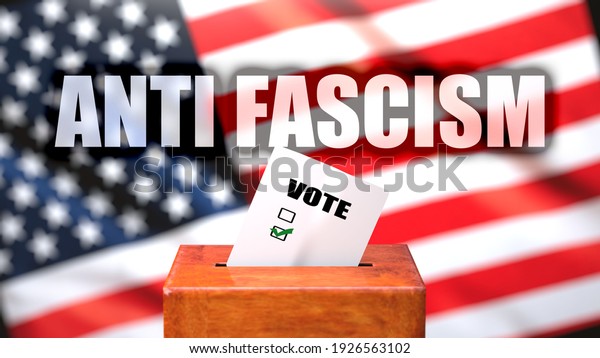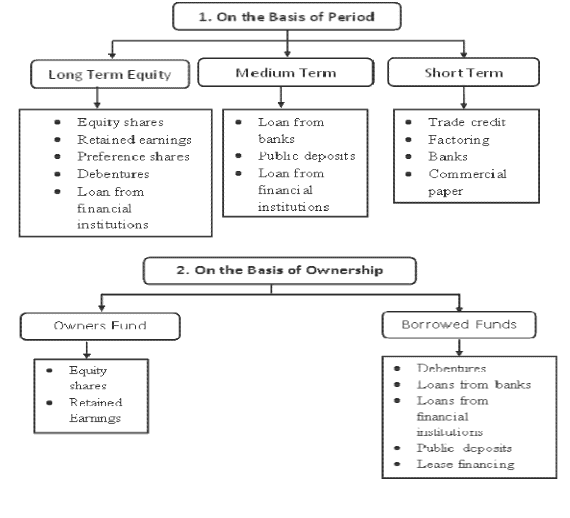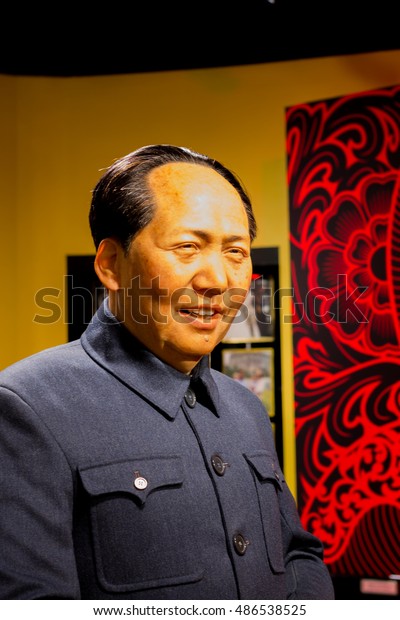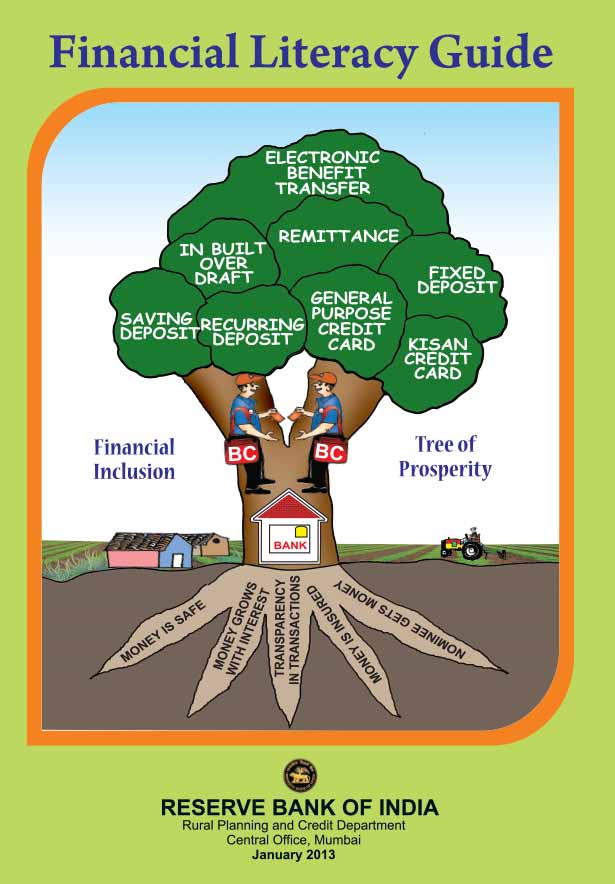INTRODUCTION
Italian fascism was rooted in Italian nationalism, national federalism,
revolutionary nationalism, and the desire to restore and expand Italian
territories, which Italian fascists deemed necessary for a nation to assert its
superiority and strength. Fascism is the product of the First World War. Here are
the characteristics of fascism. Opposition to socialism
FASCISM AND FINAL CRISIS
 |
| MUSSOLINI& FASCISM |
The economic growth in the United States was not affected by the war. Therefore, the European nation managed to obtain a loan from the United States. As a result, the US dollar overtook the British pound as foreign base holding. Therefore, the United States of America emerged as a new economic power outside Europe. The economic growth did not last long. There was an economic crisis of 1929, which originated in United States of America. It was a symbol of collectivism and power in ancient Rome.
IMPACTS ON THIS ECONOMY:
• People who became poor because of war, so they could not afford the commodities
• Goods were kept unsold in factories
• European nations failed to pay their debts to the United
States
• Banks collapsed
• Inflation uncontrollable
• Acute unemployment and poverty
European countries adopted a strategy to overcome this crisis is heavy
taxation of colonies. Hence the economic crisis, Imperialist nations became a
burden to the colonies.
'BLACK THURSDAY'. The Stock market crash in New York Stock
Exchange on 24 October 1929 is known as the 'Black Thursday'. The crash wiped
out in a single day the entire economic growth till then. In a panic, investors
rushed to sell their stocks, which led to a massive volume of stock trades.
Ultimately, this led to an abrupt and dramatic price decline. The Great Depression
that left a disastrous impact on both America and European nations followed the
crash. Many lost their wealth and those who couldn't bear the loss, committed
suicide. The production rate plunged; unemployment became grave and world trade
completely collapsed.
FASCISM The term 'fascism' is derived from the Latin
word 'faces ‘which means 'a tied bundle' of the rod, with a protruding the axe'. It
was a symbol of collectivism and power in ancient Rome.
| Symbol of Fascism |
THE GREAT
DICTATOR ‘This is from Charlie Chaplin's film 'THE GREAT DICTATOR'. This was
CHARLIE CHAPLIN'S view on the dictatorship that became prevalent in some
European nations after the First World War. “To those who can hear me, I say -
do not despair. The misery that is now upon us is but the passing of greed -
the bitterness of men who fear human progress. The hate of men will
pass, and dictators die, and the power they took from the people will return to
the people. And so long as men live, liberty will never perish.”
FASCISM AND NASICISM Let’s see the circumstances
which led to the formation of such Governments. World War I devastated both
allies. Many European governments lost their power. People were in misery.
Unemployment, poverty, and Inflation crushed this entire system. Fascism in Italy and Nazism in Germany came
to power to Capitalize on political and economic chaos prevailing then.
Economic destruction, rivalry against the victors, aimlessness, etc. helped these forces to grab power.
SIGNS OF FASCISM. Fascism is the product of the First World War.
Here are the characteristics of fascism. Opposition to socialism. Opposing
democracy. To make the nation proud. Behold the purity of caste and race. To
justify war. Spread of aggressive nationalism. Bid farewell to the past.
Education of ideologies through art, literature, and education. Military
dictatorship. Destruction of political rivals.
VICTORIOUS ITALY When
the First World War broke out, Italy withdrew from the Triple Alliance and
joined the British-French Alliance. Hence, by the end of the war, Italy was with
the victors
MUSSOLINI AND FASCISM .These are the words of Benito
Mussolini, who led the fascist Rule in Italy. Let us discuss the circumstances
under which The Fascist Party came to power in Italy.
• Italy got nothing, although it was with the victors First
World War.
• Destruction of industries after the war, unemployment,
Increase in taxes, inflation, etc. Kept people away from Government.
• Industrialists, afraid of going to Italy socialism,
inspired to support fascism.
BLACK SHIRTS Mussolini resorted to autocratic measures in the political and economic spheres of Italy. Violence and cruelty were Fascist Strategies. The leader of socialism, Peasants, and laborers were declared as the enemy of the country, anti-fascism. Those who opposed the Fascist party were executed... Mussolini's goal was to restore the ancient Roman Empire. As part of this, he adopted many symbols of ancient Roman administration. Using his Military force the ‘Black’ Shirts', Mussolini repressed opponents through fascist policies. His aggressive foreign policy led him to conquer countries like Ethiopia, Albania, etc. Italy's race for dictatorship paved the way for the outbreak of another war.
 |
| BLACK SHIRTS |
NEO-FASCISM.
Neo-fascism usually includes ultranationalism, racial supremacy,
populism, authoritarianism, nativism, xenophobia, and anti-immigration sentiment
as well as opposition to liberal democracy, parliamentarianism, liberalism,
Marxism, communism, and socialism.
In this blog, I detailed 'black Thursday's, fascism, the great dictator, fascism and nazism signs of fascism, Mussolini and Fascism, black’ shirts', Maettotti, Neo-fascism. In the next blog, I will explain the full details of FASCISM, NAZISM Etc...
https://www.britannica.com/biography/Benito-Mussolini/Rise-to-power
====================@@@@@@@@@@@@@@@@@@@@==============










